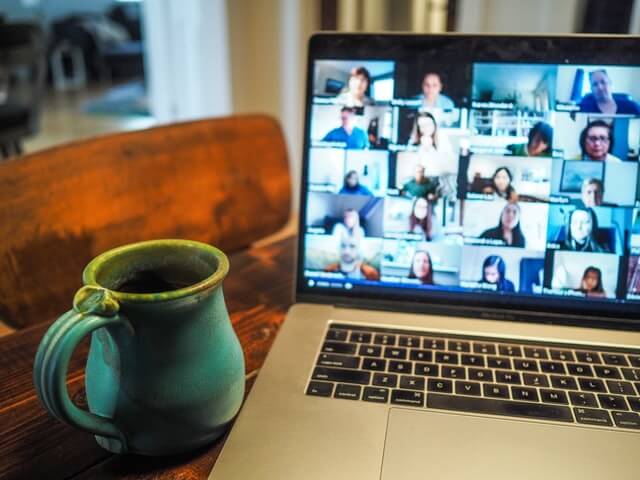I long, as does every human being, to be at home wherever I find myself. – Maya Angelou
Do you remember the last time you were newly hired at work? Did you feel an immediate acceptance, or not? What did it do to you? How did it affect your performance?
In a workplace that is getting more and more diverse, dispersed and digital, there seems to be a need for more authentic acceptance and deeper connectedness. Even before the novel coronavirus turned the world of work upside down, diversity and inclusion has been a multi-billion-dollar industry (Newkirk, 2019), yet many attempts at it have failed (Davidson and Ferdman, 2001). A new study claims that the missing dynamo that can power these efforts is belonging (Kennedy, 2021).
Another study outlined that when an employee feels a sense of belongingness at work, his/her productivity immediately increases 25%. Where there is a feeling of rejection, the productivity level of an employee decreases 56% (Garland, 2020).
But if you are in lockdown and cannot meet your colleagues face-to-face, how can a sense of belongingness be designed and cultivated?

Joy at work
For my RSM Erasmus Corporate Communication studies, I decided to contribute to the current body of literature on belongingness in the workplace with a specific focus on the virtual workplace created by the COVID-19 pandemic.
I believe that joy at work is possible and it all starts with a sense of belongingness. I am hypothesizing that internal communication can promote belongingness in the virtual workplace and aims to answer the question, “What internal communication strategies cultivate a sense of belongingness among newly-hired employees in the virtual workplace?”
Road to discovery
To answer the research question, I am looking to conduct semi-structured interviews with: employees in global workplaces (main audience of internal communication), and internal communication professionals (main sender of information).
Since employees are the main target audience of internal communication efforts, they can best determine what strategies improve their sense of belongingness in the workplace. Internal communication professionals will in turn give this research a more holistic view of the current practice and how internal communication has changed since COVID-19 pushed us to work from home.

Will you help?
Would you like to contribute to a sense of belongingness in the workplace? If you are or you know someone who was hired during the COVID-19 pandemic in a Netherlands-based organisation or are an internal communication practitioner yourself, get in touch! Thank you!
Resources
- Davidson, M.N. and Ferdman, B.M., 2001. Diversity and inclusion: What difference does it make. The Industrial-Organizational Psychologist, 39(2), pp.36-38.
- Garland, M.E., 2020. Diversity, Equity, Inclusion and Belonging: What 2020 Has Wrought.
- Kennedy, J.T., 2021. Belonging: The secret to building engagement for employees of all backgrounds. Leader to Leader, 2021(99), pp.45-51.
- Newkirk, P., 2019. Diversity, Inc.: The failed promise of a billion-dollar business. Hachette UK.



